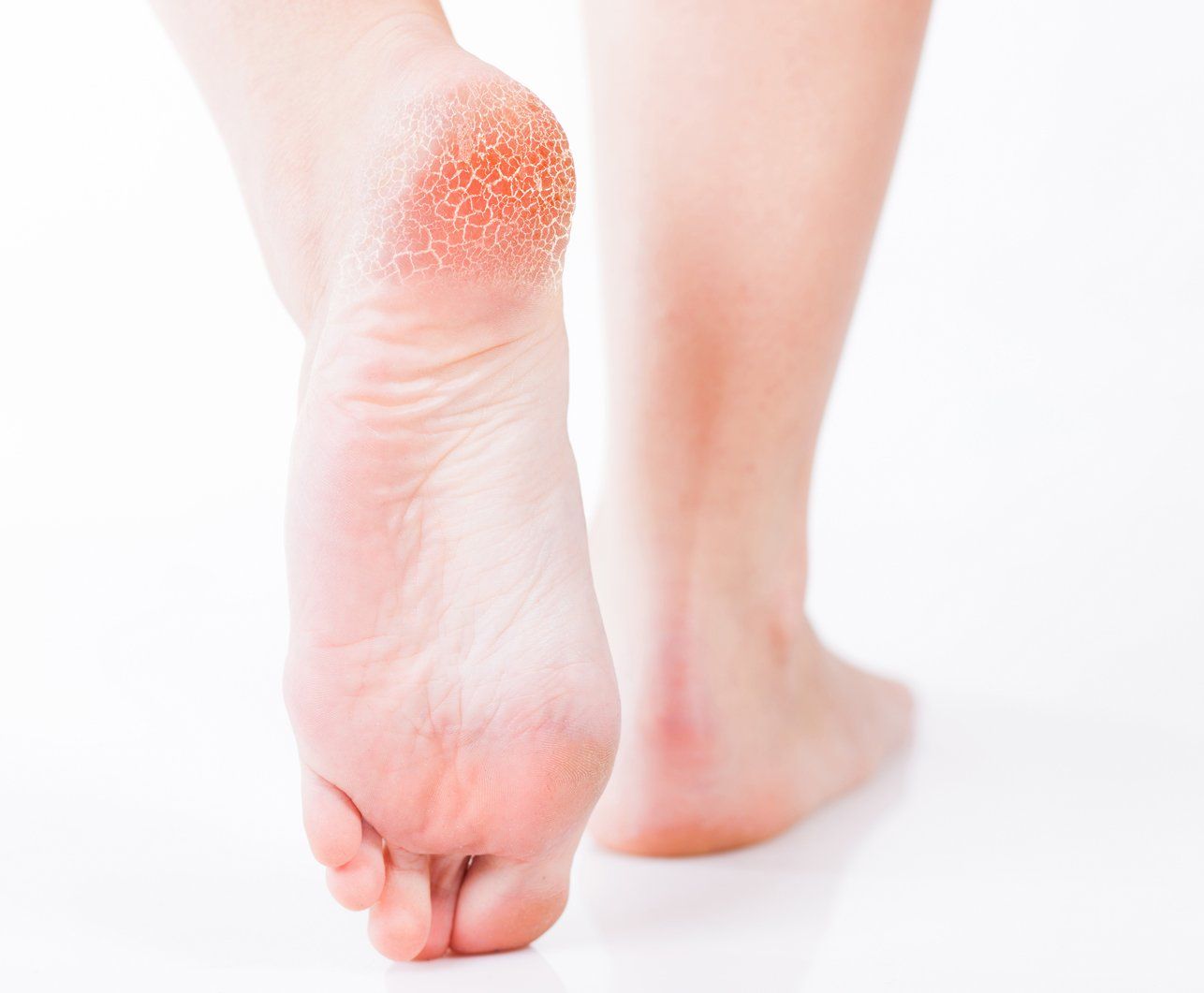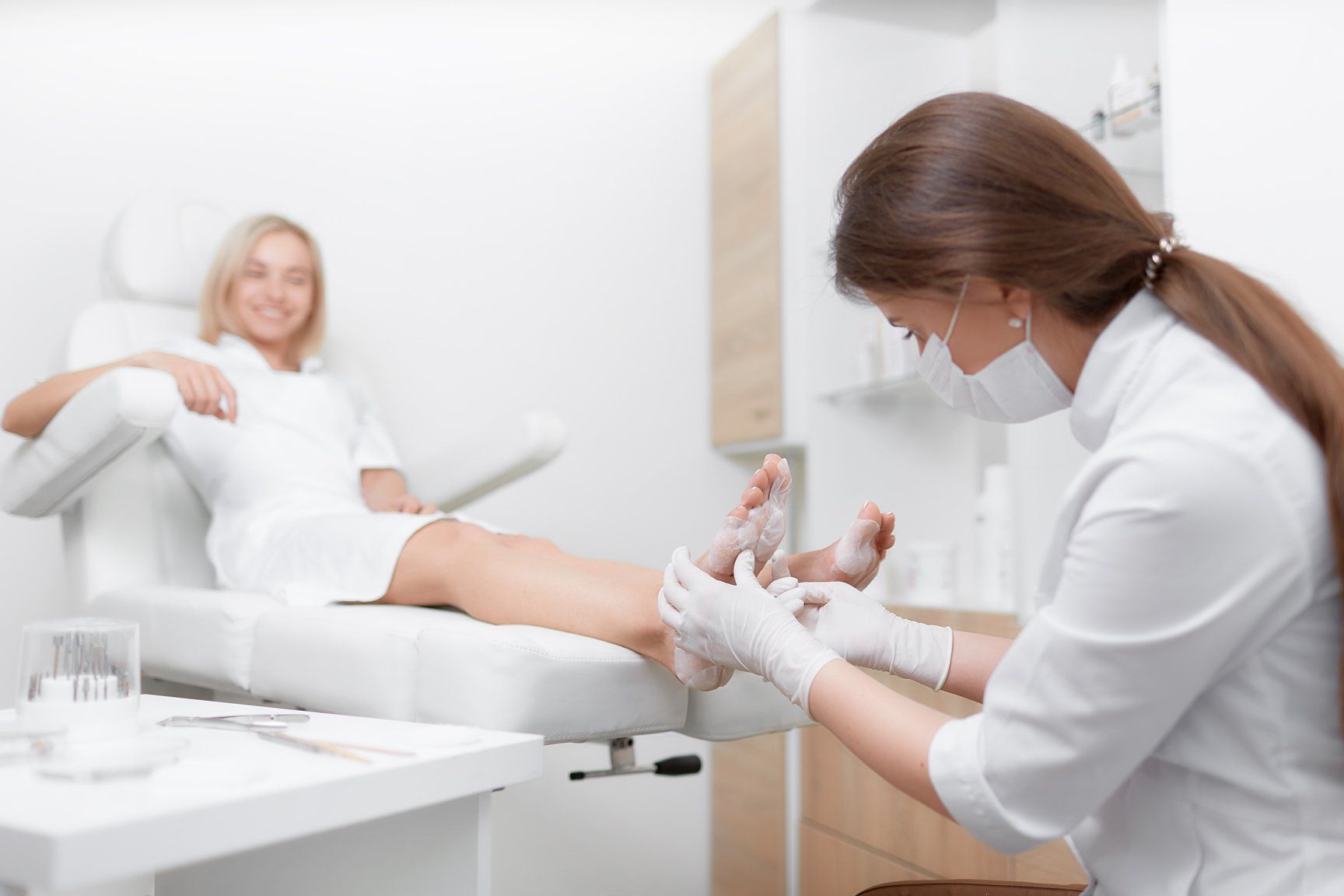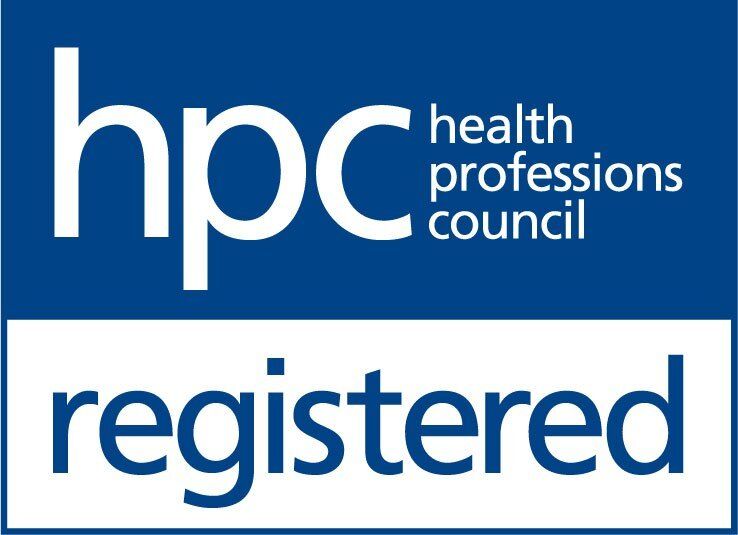What We Do!
Do you know what a Podiatrist can do? And how we can help you?
A Podiatrist/ Chiropodist is a state registered professional offering treatments in the lower limb and foot. All of the Podiatrists at Newcastle Foot Clinic are qualified at degree level with honours, registered with the Health and Care Professions Council and members of the Society of Chiropodists and Podiatrist. At Newcastle Foot Clinic the Podiatrists/ Chiropodists offer a range of treatment options for lower limb and foot complaints.
What is a Podiatrist/ Chiropodist?
A Podiatrist/ Chiropodist is a state registered professional offering treatments in the lower limb and foot. All of the Podiatrists at Newcastle Foot Clinic are qualified at degree level with honours, registered with the Health and Care Professions Council and members of the Society of Chiropodists and Podiatrist. At Newcastle Foot Clinic the Podiatrists/ Chiropodists offer a range of treatment options for lower limb and foot complaints.
Standard Consultation
A standard incudes general nail care (trimming and filing), treatment of ingrown and thickened toe nails, callus/hard skin reduction and corn removal. The podiatrist can diagnose fungal nail infections and athletes foot and advise patients on the best treatment course. At the end of the appointment, the podiatrist will apply cream to the patient’s feet and give them a soothing massage.
Cryosurgery
Cryosurgery is one of the treatments available to help resolve a Verruca. Verrucae, sometimes called plantar warts, are warts that develop on plantar surfaces -that is, the soles of the feet. The pressure from normal standing and walking tends to force the warts into the skin, and this can make the warts painful. Cryosurgery is a controlled destruction of the tissues using very low temperatures i.e. freezing of the skin. Ice is formed inside and outside the cells disrupting the cell where the virus is living. After freezing the skin is allowed to thaw. Ideally, the treatment ruptures the cells of which the virus has infected. The body’s immune system is then thought to fight off the skin infection. Around 4 cryosurgery appointments are advised spaced 3 weeks apart.
Clearanail
Clearanail is a clinically proven and innovative new concept for treating fungal toe nails. The treatment creates micro pathways in the affected nails using controlled micro penetration, which creates a drilling effect. Each tiny hole is drilled in less than 5 seconds and the whole process is pain free. This process allows deeper access to the areas of infection without damaging the nail bed beneath. The podiatrist will supply the patient with a Lamisil spray, which is a fungal infection treatment, this should be applied once daily to the treated nails. Without the Clearanail treatment the fungal nails will take a minimum of 18 months to clear using over the counter treatments. The Clearanail can give visible results within 2 weeks.
Biomechanical Assessment
A biomechanical assessment diagnoses and treats lower limb pain. The podiatrist will analyse the patients gait, which is the term used for a cycle of walking, the ranges of motion available at each joint, the posture and position of both feet and perform assessments to analyse balance and muscle power. After the assessment a range of treatments may be advised including stretching exercises, bespoke orthotics/insoles, joint manipulation, ultrasound treatment and footwear advise. The podiatrist will work alongside the patient aiming to get them back to performing their daily activities and minimise pain.
Nail Surgery
Nail surgery is an option for a permanent solution to painful, ingrown, thickened, infected, fungal and damaged nails. The podiatrist will inject a local anaesthetic into the toe of the nail to be removed, this will numb the toe creating a pain free environment. The podiatrist will remove either the whole nail or part of the nail before applying a chemical called phenol to the nail matrix to prevent nail regrowth and reoccurrence of the issues caused. The healing process can take up to 6 weeks in which the toe will be in a dressing.












